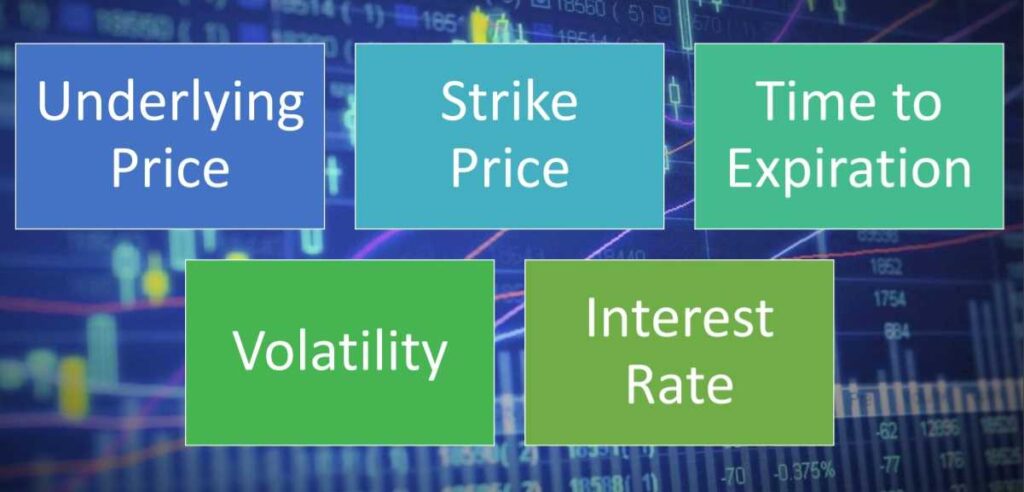
Menu

Call delta value range is from zero to positive one.
Put delta value range is from zero to negative one.
Put option delta is also inversely related to strike price: close to zero for low
strikes, close to -1 for high strikes.

Share this Content
© 2021 All rights reserved
Ask Your Query